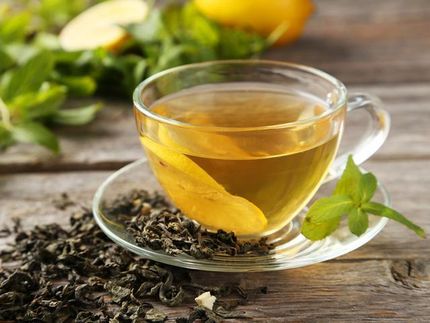Medicago's Pandemic Flu Vaccine Provides 100% Protection in Mice at Low Doses
Medicago Inc. announced that low doses of the Company's H5N1 avian influenza VLP vaccine ("H5N1 VLP vaccine") provided 100% protection in mice against a lethal challenge of live H5N1 viruses. In addition, this preclinical study demonstrated that Medicago's vaccine has the ability to recognize and kill an H5N1 strain that is different from the one used to design the vaccine.
The study was conducted in Lyon, France at the P4 Laboratory Jean Mérieux - Institut National de la Santé et de la Recherche Médicale ("INSERM"), a unique, high security research centre for studying highly pathogenic viruses. In this study, mice were vaccinated with a range of doses of the Company's VLP vaccine made from an Indonesian strain of H5N1 Avian Influenza. The mice were then challenged with a different live H5N1 strain from Turkey. Results demonstrated that mice vaccinated with Medicago's H5N1 VLP vaccine were fully protected from illness and subsequent death even at the low dose of 0.5 microgram. During the experiment, 100% of the vaccinated mice survived, while 60% of the control group died. The study was performed in collaboration with Dr Hervé Raoul, Director of the P4 Laboratory Jean Mérieux-INSERM, Dr. Vincent Lotteau, Immunologist at INSERM, Professor Bruno Lina from Lyon University and Dr. Eric Quéméneur, Head of Biochemistry and Nuclear Toxicology at the French Atomic Energy Commission.
"I'm very pleased with these results and I take great pride in what our team and our collaborators have been able to accomplish," said Andy Sheldon, President and CEO. "The successful completion of this first lethal challenge study is an important step in moving our H5N1 VLP vaccine towards human clinical studies. Results from this preclinical study will be included in a clinical trial application currently targeted for the fourth quarter of 2008 and human trials are expected to commence following clearance by Health Canada."
Most read news
Topics
Organizations
Other news from the department research and development

Get the life science industry in your inbox
By submitting this form you agree that LUMITOS AG will send you the newsletter(s) selected above by email. Your data will not be passed on to third parties. Your data will be stored and processed in accordance with our data protection regulations. LUMITOS may contact you by email for the purpose of advertising or market and opinion surveys. You can revoke your consent at any time without giving reasons to LUMITOS AG, Ernst-Augustin-Str. 2, 12489 Berlin, Germany or by e-mail at revoke@lumitos.com with effect for the future. In addition, each email contains a link to unsubscribe from the corresponding newsletter.























































